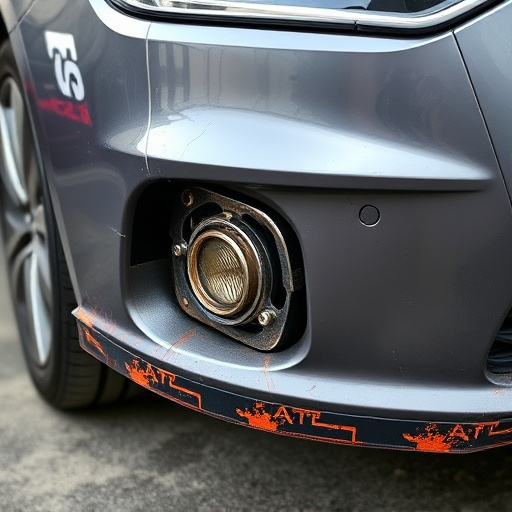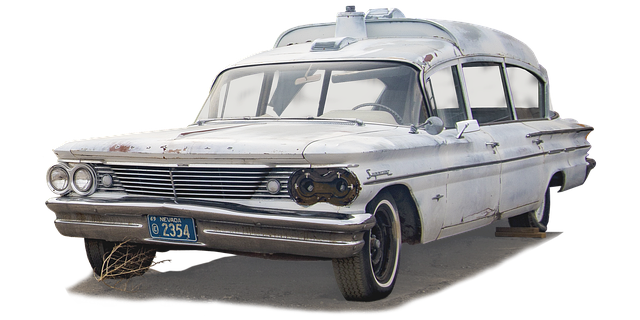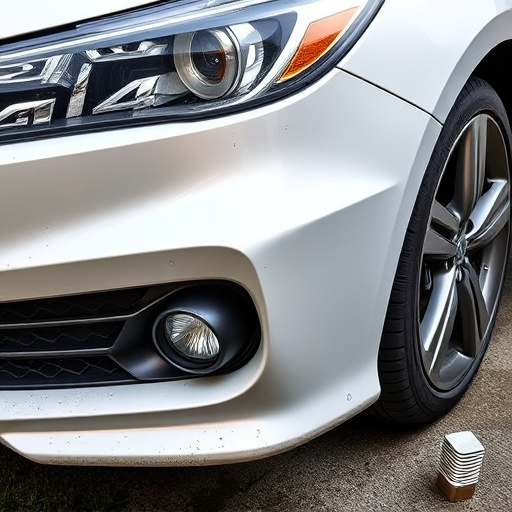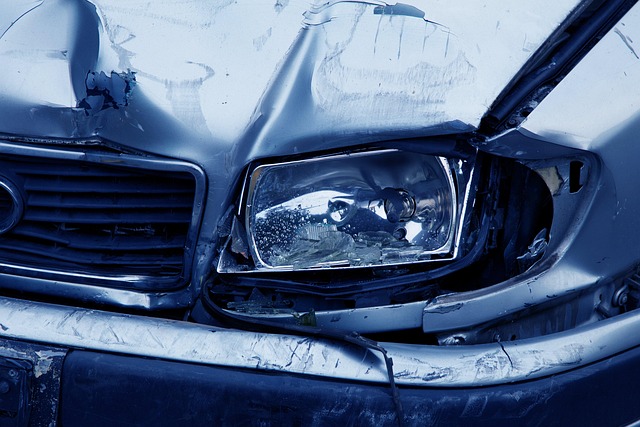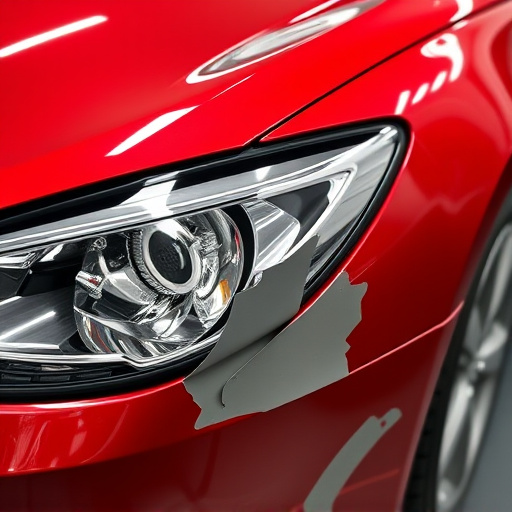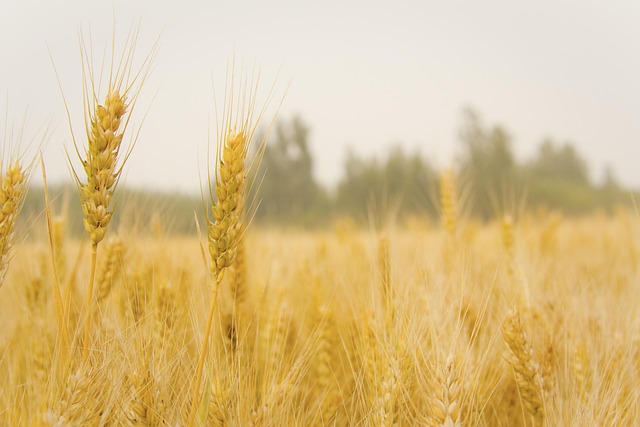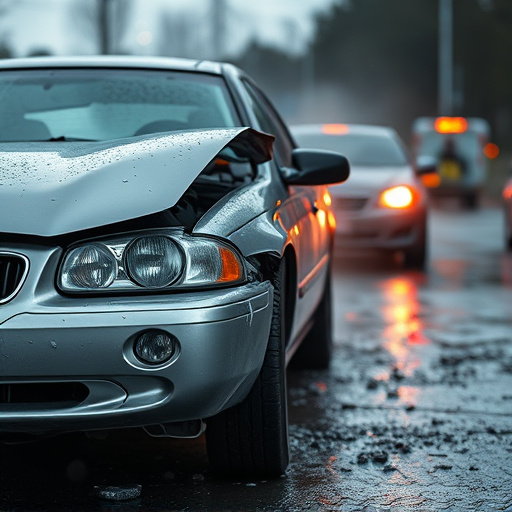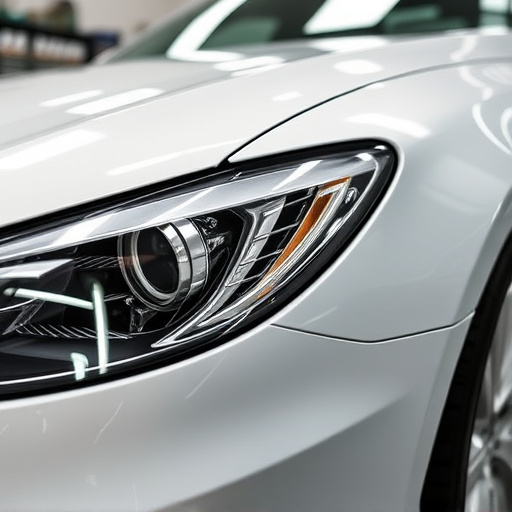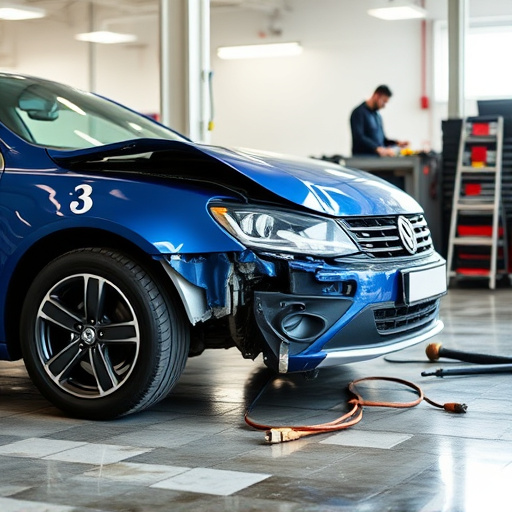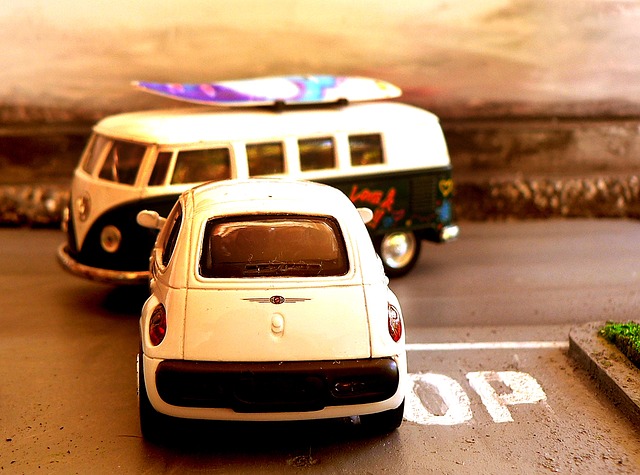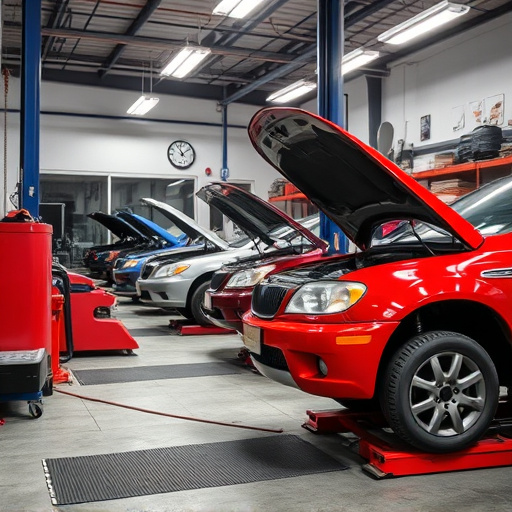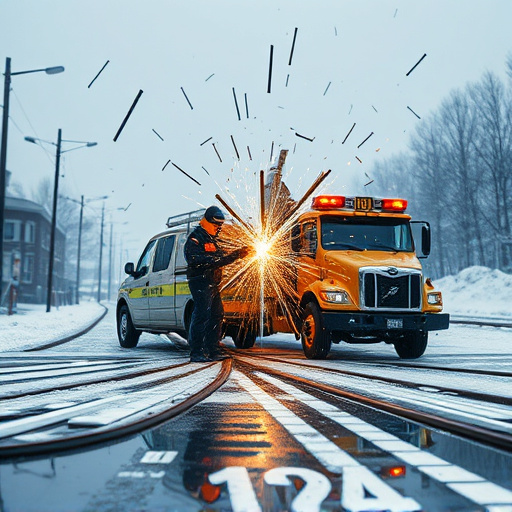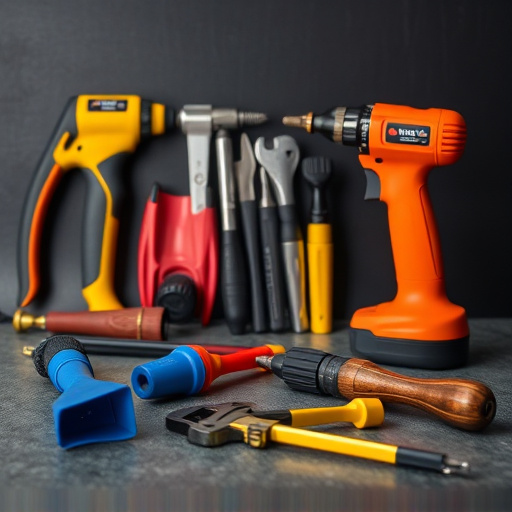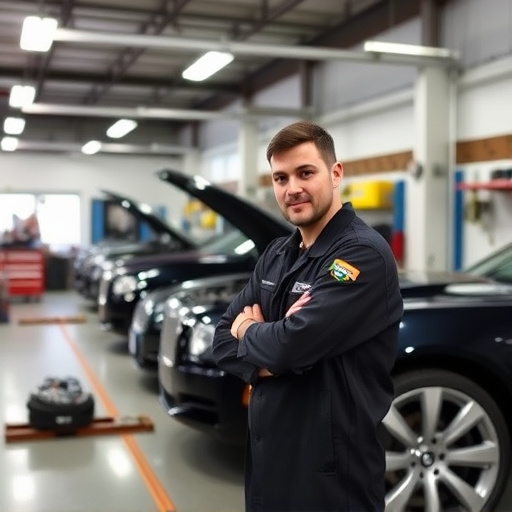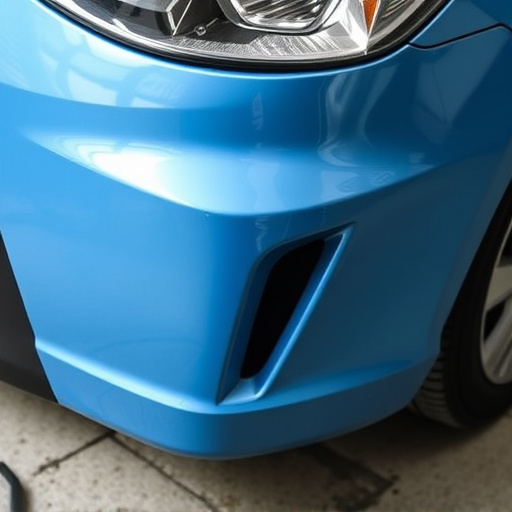Assessing fallen tree damage is crucial for repair, involving structural integrity checks and risk assessment. Repairs range from non-invasive methods preserving original structures to invasive replacements for severe cases. Post-repair, regular tree maintenance, addressing weaknesses, and autobody services protect against future fallen tree damage.
Diagnostics play a pivotal role in effective fallen tree damage repair, enabling professionals to assess and mitigate potential hazards. By employing advanced tools and techniques, such as non-invasive imaging and invasive sampling, arborists can accurately identify structural weaknesses and plan appropriate repairs. This article explores the crucial steps of assessing fallen tree damage, comparing non-invasive vs invasive repair methods, and highlighting preventative measures essential for maintaining healthy trees post-repair, ensuring safer and more sustainable landscapes.
- Assessing Fallen Tree Damage: Initial Diagnostics
- Non-Invasive vs Invasive Repair Techniques
- Preventative Measures After Tree Damage Repair
Assessing Fallen Tree Damage: Initial Diagnostics
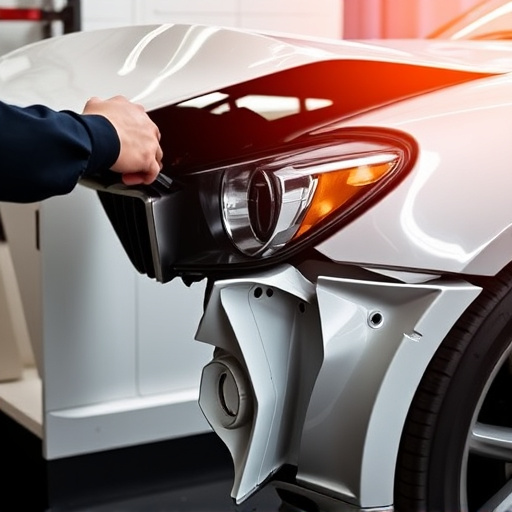
When a tree falls, assessing the damage is the first step in the fallen tree damage repair process. Initial diagnostics involve a thorough inspection to determine the extent of the harm caused both to the tree and any surrounding structures. This includes evaluating structural integrity, identifying broken branches, and assessing potential risks like hanging limbs that could cause further injury.
In cases where trees have fallen onto vehicles or buildings, the assessment also incorporates an examination of the affected objects. Similar to vehicle dent repair or fender repair in car repair services, the goal is to identify the degree of damage, determine if structural repairs are needed, and plan for safe removal of the tree while minimizing further harm.
Non-Invasive vs Invasive Repair Techniques
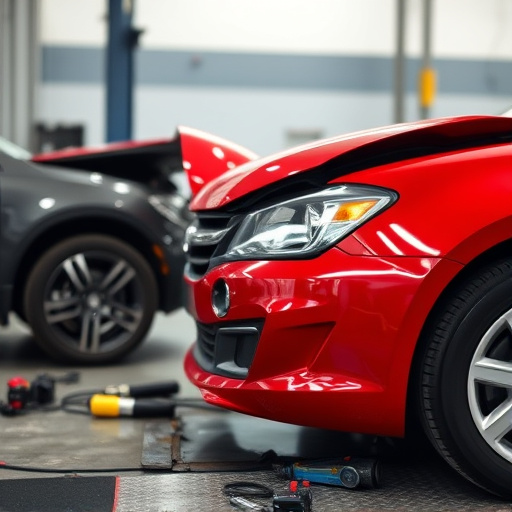
When it comes to fallen tree damage repair, choosing between non-invasive and invasive techniques depends on several factors. Non-invasive methods are often preferred for minor damages, such as dents or scrapes on surfaces like a Mercedes Benz collision repair. These techniques typically involve no physical alteration to the original structure, minimizing potential further harm and maintaining the vehicle’s or structure’s aesthetic value, similar to bumper repair and vehicle paint repair processes.
Invasive repairs, on the other hand, are required for more severe fallen tree damage scenarios. These methods involve partial or complete replacement of damaged components, requiring skilled professionals to assess and diagnose the extent of the harm accurately. Just as a Mercedes Benz collision repair specialist handles complex repairs, invasive techniques demand expertise to ensure structural integrity and longevity in restoration efforts, encompassing not just bumper repair but comprehensive vehicle paint repair too.
Preventative Measures After Tree Damage Repair
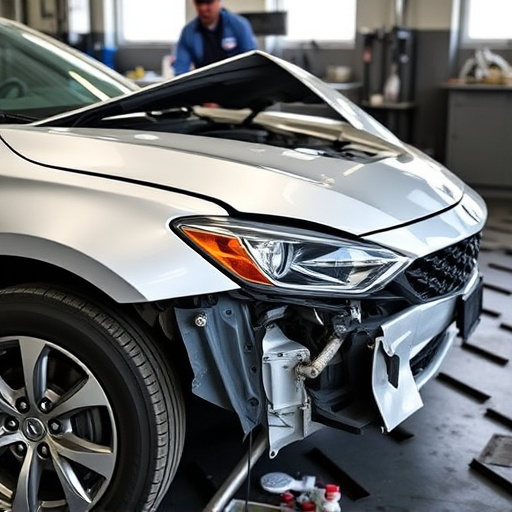
After successful fallen tree damage repair, implementing preventative measures is key to avoiding future issues. One effective strategy is regular tree maintenance, including pruning and trimming, which helps keep trees healthy and reduces the risk of branches breaking off during storms or strong winds. It’s also crucial to address any structural weaknesses identified during the repair process, such as reinforcing weak branches or limbs.
Additionally, property owners should consider enhancing their home’s exterior with autobody repairs and auto painting services to protect against further damage. A well-maintained body shop can provide expert solutions for fixing dents, scratches, and other cosmetic issues caused by falling trees, ensuring the overall aesthetics and resilience of your property.
Diagnostics play a pivotal role in effective fallen tree damage repair, enabling professionals to assess and address issues accurately. By employing non-invasive techniques where possible, we minimize further harm while repairing damaged trees. Additionally, proactive measures after repairs ensure these majestic landscapes flourish once more. Embracing these practices not only revitalizes affected areas but also promotes the long-term health and beauty of our urban and natural environments, highlighting the crucial significance of comprehensive diagnostics in fallen tree damage repair.
